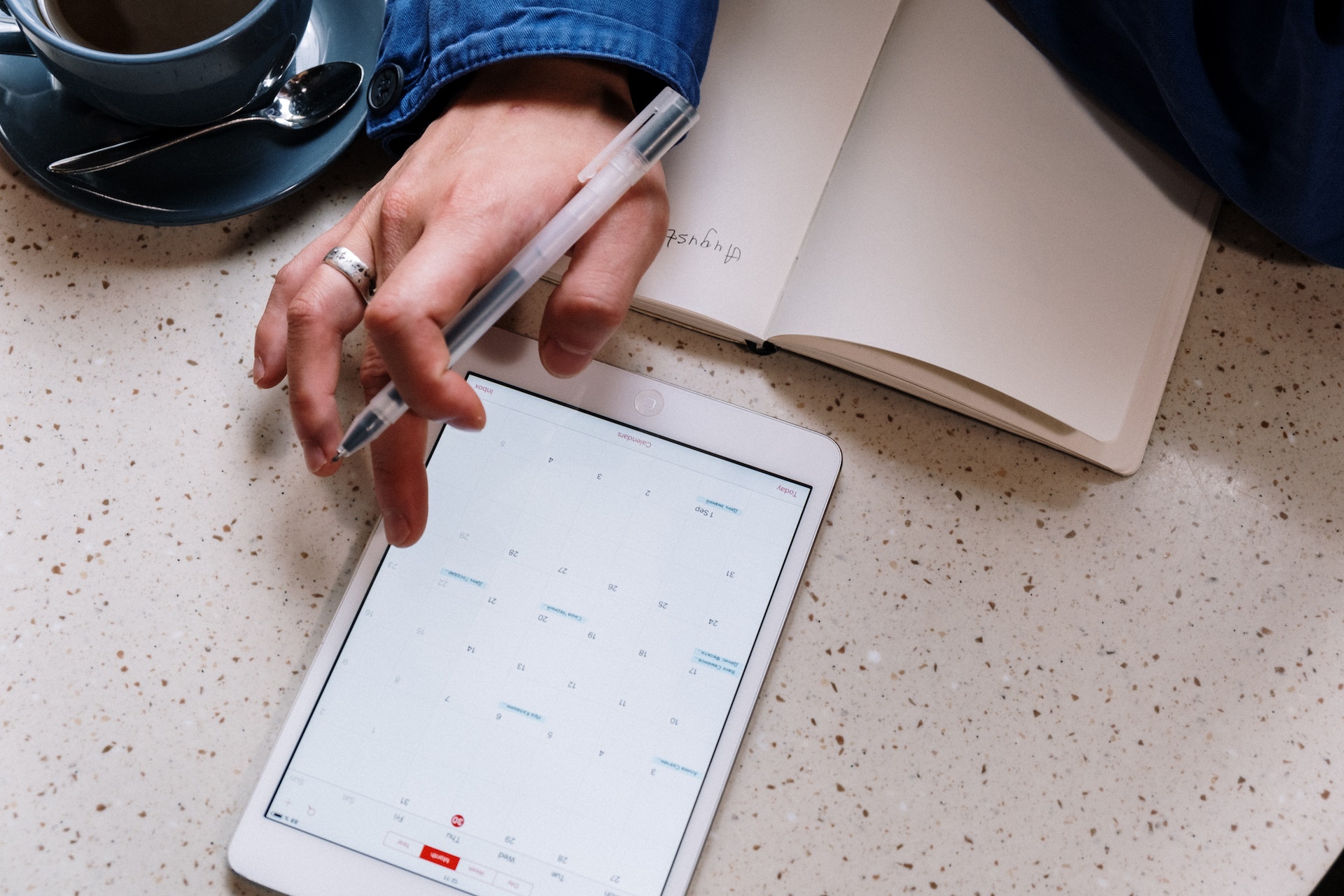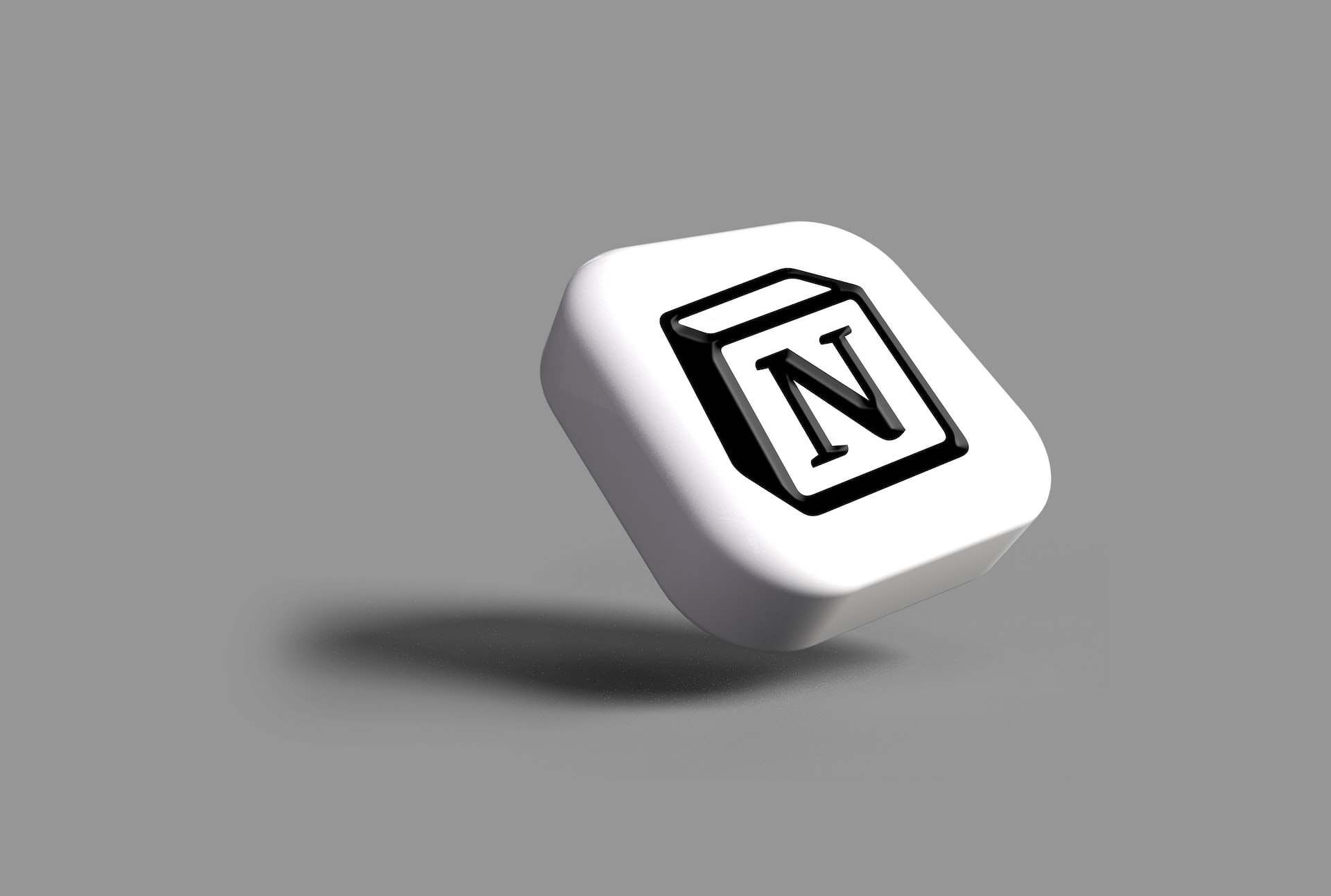As a B2B focused marketing agency, part of what we do, quite naturally, is manage LinkedIn – both for the brands we work with and for the leaders at the companies we work with.
I’m a fan of LinkedIn – a couple of years ago, when Covid hit, LinkedIn was one of the tools we used to save our business, and over the years we’ve learnt that there are a few things that we can all apply on LinkedIn that will help us grow and improve our business. I’ll cover them today.
I had a couple of networking events recently. In one I met around 25 people who are my loose peers. At least half of them commented on how strong my LinkedIn content is. Some of those comments lead to conversations that landed me business.
In the other, I met someone (last October), who came up to me and told me that a LinkedIn post from February changed the way he was viewing his small business and he’s changed his business model completely.
I post so much on LinkedIn that most people ask me about it when I meet them. They also ask me so many questions that I have built a series of FAQs that people ask me about whenever I’m at networking events.
But first I want to tell you what we won’t be covering today.
- We won’t be covering any short-cuts that involve buying lists or scraping names etc
- We won’t have a silver bullet, or a quick win that will save your business.
- We won’t cover outbound sales methods, LinkedIn can be used for that, but I’m not an expert in the field

The way I use LinkedIn, and the way we help our clients use LinkedIn, is to help you grow your network organically, growing your reputation in the process.
Since starting this process we’ve increased our business dramatically, both locally and internationally – and interestingly enough one of our strongest sellers is helping businesses (literally from across the world, from the US to Australia) with their leaders’ LinkedIn profiles.
The brightest minds realise that growing your reputation and network has many benefits, some of which include
- Being referred to as top of mind
- Having people realise (or think) you’re an expert in a field
- Landing you new business opportunities
- Landing you new connections
- Having you appear as an expert (or be interviewed) in publications, on TV, on webinars or being invited to speak
All of these contribute to a much better chance of you growing your business.
It also helps you become a better employer, because people want to work with people that they respect and admire – and LinkedIn helps you do that at scale.

Before starting I want to get a few quickfire points out of the way. These all deserve to be a topic in and of themselves, but you can find so much about them online that I’d be wasting your time if I went over them today:
- For heaven’s sake: Complete your profile. Include a professional headshot and accurate information about your professional experience. Have a great write-up that makes me want to talk to you. This is not your first CV.
- Connect with people. Reach out to your colleagues, industry contacts, and other professionals you know.
- Join groups. Join groups in your industry that are relevant to your interests and your career.
- Follow companies and influencers in your area. Follow companies that you are interested in, to stay up-to-date on news and job openings, but also to get ideas for what posts work.
- Ask for recommendations. Ask your colleagues and supervisors to write recommendations for you. It always helps to have social proof from real people.
So without further ado, here are some of our top tips for using LinkedIn effectively to grow your business:
Why LinkedIn? Why should I focus on LinkedIn?
- The obvious answer is that it’s a more professional network
- Just by choosing to focus on it you will start winning. Seriously.
- Out of all the people you follow, how many actually post?
- I have 5000 connections. I’m sure that not more than 50 of them post regularly. Can you spot the opportunity?
- LinkedIn is a great channel to communicate. A great place to stand out.
- It’s a great place for various reasons, but one main one is because it help bridge the gap between the two kinds of social media types – networks for people you know, and networks for people who are in the same field or interested in the same things
- Think of this paradox: We all have something to say, but we think that the people who say them are the only ones who have something to say
- We see this consistently with clients, once we start posting for them, their profile starts rising automatically because people notice they have something to say

How often should I post?
- As often as you have something to say, but be careful – this might lead you to thinking that you never have anything to say.
- I know people who post once a month, I know others who post multiple times a day. I’d say at the very least I’d prefer to keep my page alive with one post a week, even though on a good week I could post daily.
- Under once a month people would consider your profile dormant, and so would LinkedIn – so it is harder to reactivate it and to get engagement.
What should go in a post?
- A strong opening line, critical if you’re writing beyond 2 lines. It should be engaging enough to make me press “read more”
- A good number of hashtags, ideally at the bottom of the post. #DON’T #HASHTAG #RANDOM #WORDS half way through the text.
- Don’t CAPITALISE RANDOM words
- Each post should have a beginning, a body and an end, it should tell a story
- If you can include anecdotes, always do, they make for much better stories.
- Photos work wonders
- So do videos if you have the capacity and the capability to create them.

How should I build a content calendar?
Think of things that you’re passionate about:
- Things you do around work (events you go to, places you visit, conferences etc)
- Things you learn, or things you learn that you were wrong about. LinkedIn loves a redemption arc.
- Things you love about your industry
- Little details that stand out in your industry
- Behind the scenes of your industry
- Your business philosophy
- Hot takes on news in the world (as long as it’s somewhat relevant to you or to your industry
- Teardowns and in-depth explanations of something you’re good at, maybe by giving examples of something in the wild.
Everything can be an idea, and expecting it to take ages to become something you can go out with
I personally first write out a title, then start the post, then I’ll write out bits and pieces until it makes sense, and only post it when I feel it can make an impact.
Posts can tank
And many posts do tank, but there’s no shame, if it tanked nobody saw it anyway
Post engagement is not always a good indicator.
I remember meeting someone at a party last year and he mentioned that he loved what we were doing in a specific area.
I had only posted about that in one spot. On LinkedIn. And I remember that the post. It was one of my worst-ever performing posts on LinkedIn. It only had 4 likes, and this guy wasn’t one of them. Trust me, when a post has 4 likes you know who those 4 people are. But here he was, three months later, bringing up the post as something that had stuck with him.

Brand pages vs Personal Pages
Build a brand page to have a good repository for people looking up your brand, but we’ve found that personal pages always work better. People are on LinkedIn to follow other professionals, not to engage with brands, so we put much more effort on the humans we want to push within a brand.
Brand pages are still extremely important, but you usually have to build a paid strategy for these, as organic doesn’t cut it, so I won’t go over them today as it’s a completely different subject.
We also make it a point to have multiple people from a business post – from the leadership but also from outside the leadership, the more people can communicate, the better – but don’t force it!
Network, Network, Network. This is the place to network.
Reach out to people and talk to them whenever you have something in common.
I make it a point to follow up some of my more interesting conversations with a chat – eventually asking them for a call.
I try to schedule at least one a week, even though I don’t always make it, but that’s OK.
This is one of the best ways to grow your business internationally as it breaks the big barrier of trust.
By hopping on a call with someone when you don’t have anything to sell them you can have a frank conversation that will let them see you in your best light – not one where the power balance is completely in their favour because you’re trying to sell to them.

But it’s easy, why the hell do people use you guys to manage their profiles?
That’s an excellent question, and it’s one that deserves an answer. Posting on LinkedIn is a relatively easy endeavour. At the end of the day we’re good at what we do, so we should find it easy to talk about it.
We (as an external agency) never know as much as our clients do about their subject – if we did we’d probably be working in their field instead!
But we bring value in three areas:
- Consistency – by working with someone external who “owns” your calendar it will never fall by the wayside. Your LinkedIn profile will always be alive, even when you’re drowning in “real” work.
- Articulation – We’re not experts in your field, but we’re experts at helping our clients communicate complicated concepts in ways that are easy for all to understand.
- Expertise – Since we manage the profiles of a vast number of clients, we learn a lot about the platform so that our clients don’t have to. We learn what LinkedIn values and what gets the most engagement and interaction and we apply those learnings across all of our clients. We’re your secret weapon.

Secret cheats, Reminders (and some new ones):
- People love personal stories, so do your best to post as many as you’re comfortable with. Always try to link them to a business angle, though. This is not a space for personal complaints.
- People especially love personal stories of vulnerability, so if you have the courage to spill the beans about your hardest moments, people will love you for it. One such post helped me reconnect with someone I hadn’t spoken to since I was 4 years old. It was fantastic, and we learned so much about each other when we met.
- Build a scratchpad for posts – I use Notion, keep going back to it and build a post over days, weeks or months if needed.
- Post as often as you feel makes sense for you, no more, no less.
- Faces always do better, don’t be afraid to include photos of you and your team whenever you can.
- First lines change everything – especially since LinkedIn tends to hide most of what comes after them behind a “Read More” – so make sure to have a first line that can work well alone, otherwise no one will click through.
- Engagement on other posts is an excellent way to get noticed by that person’s network. They’re also a great “cheat” to getting noticed by your network if you don’t have the energy or the time to post today.
- Pictures of text work well too if you don’t have photos. And if you can afford some basic design (or if you can use Canva) then multiple slides in a PDF become a little slider that looks sexy on desktop and on mobile.
- If you’re going to link to an external post I would experiment with link posts and with linking externally in the first comment. LinkedIn seems to penalise content that’s off the platform (the same applies for Youtube videos as opposed to native video).
There’s so much more to say about the subject, but we will have to tackle those in future events, or in future posts. Feel free to connect with me on LinkedIn, and reach out if you want to meet up for a conversation.




